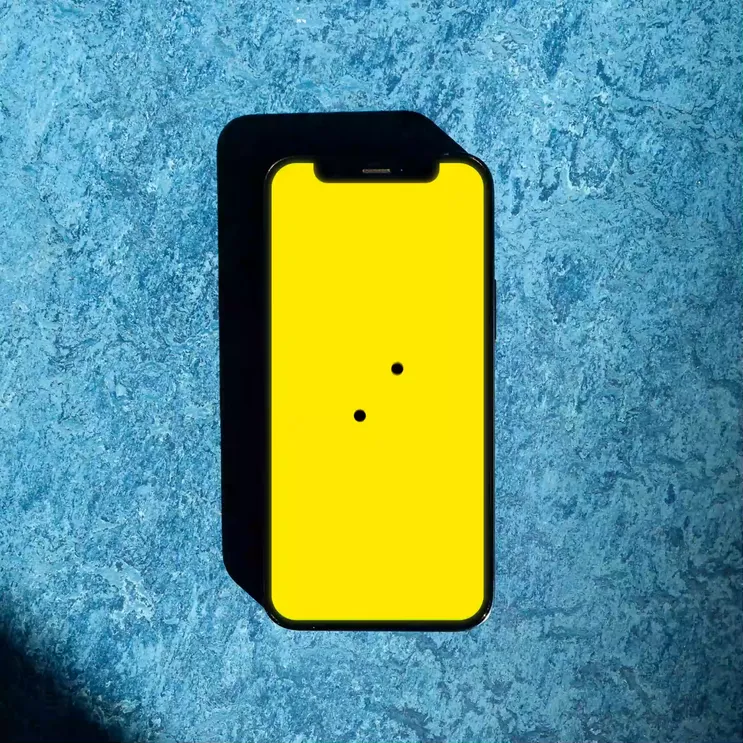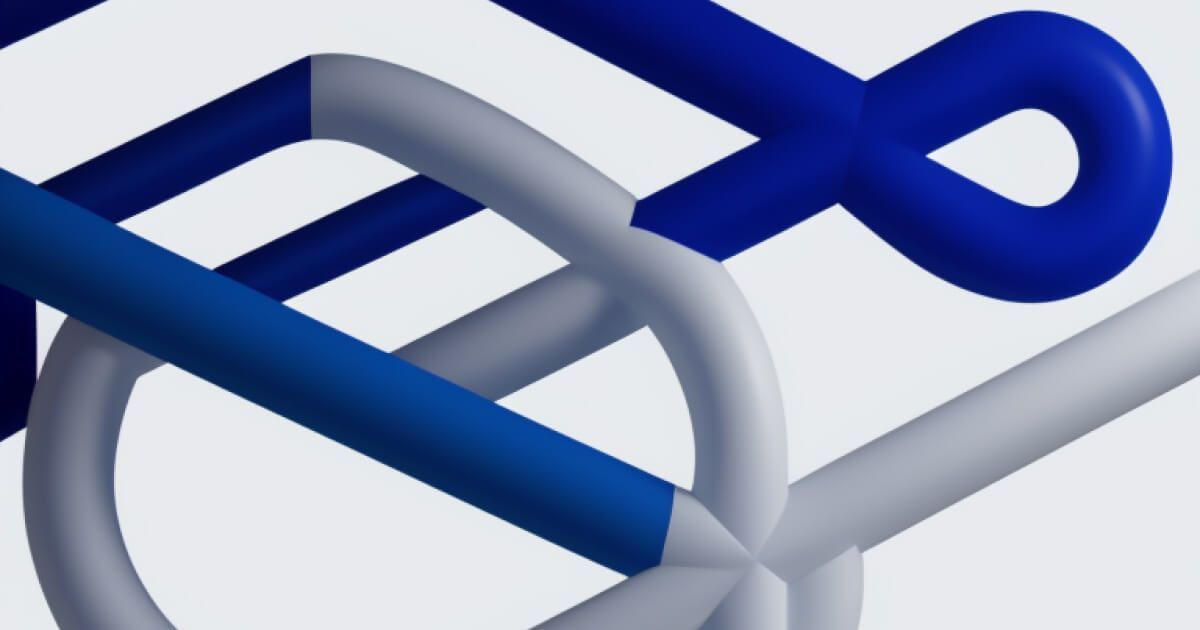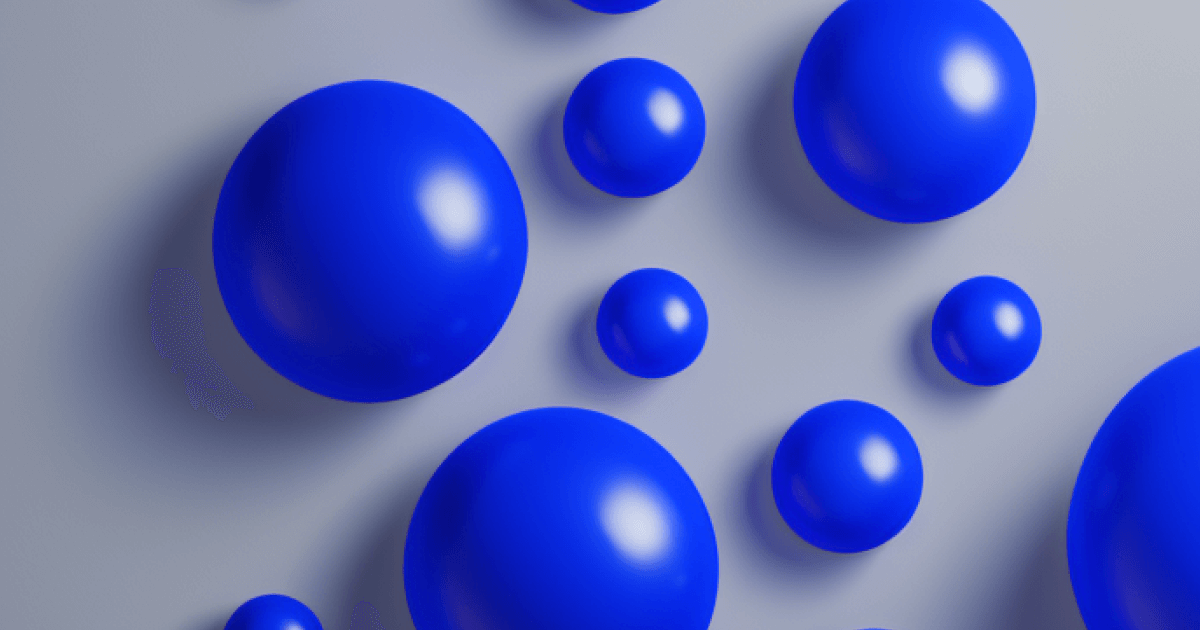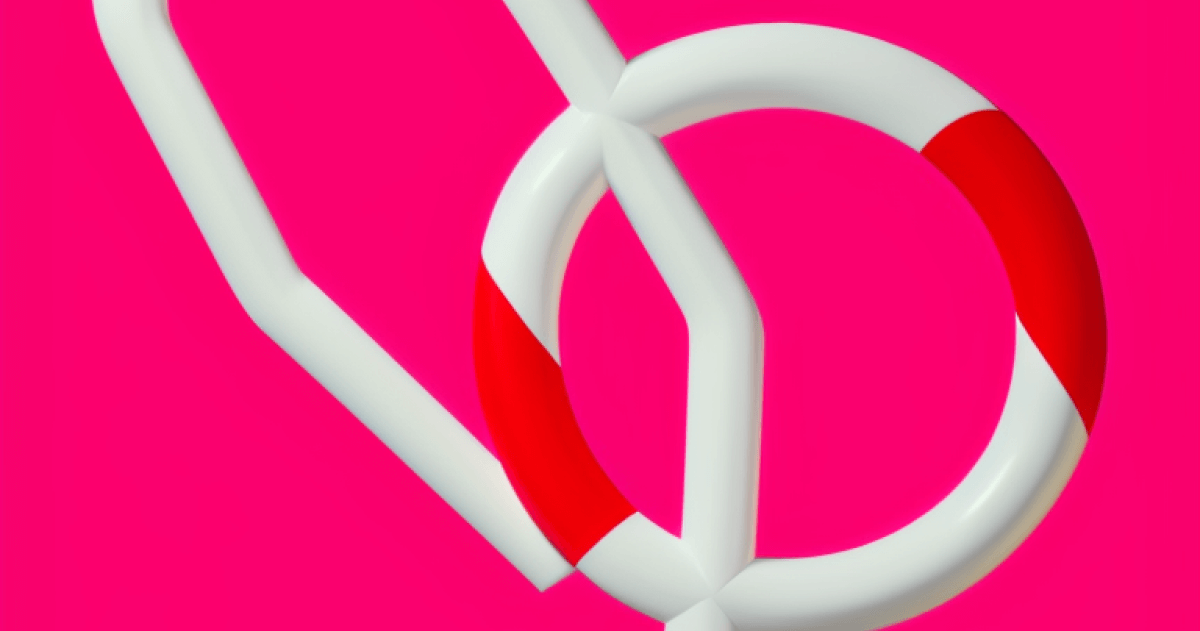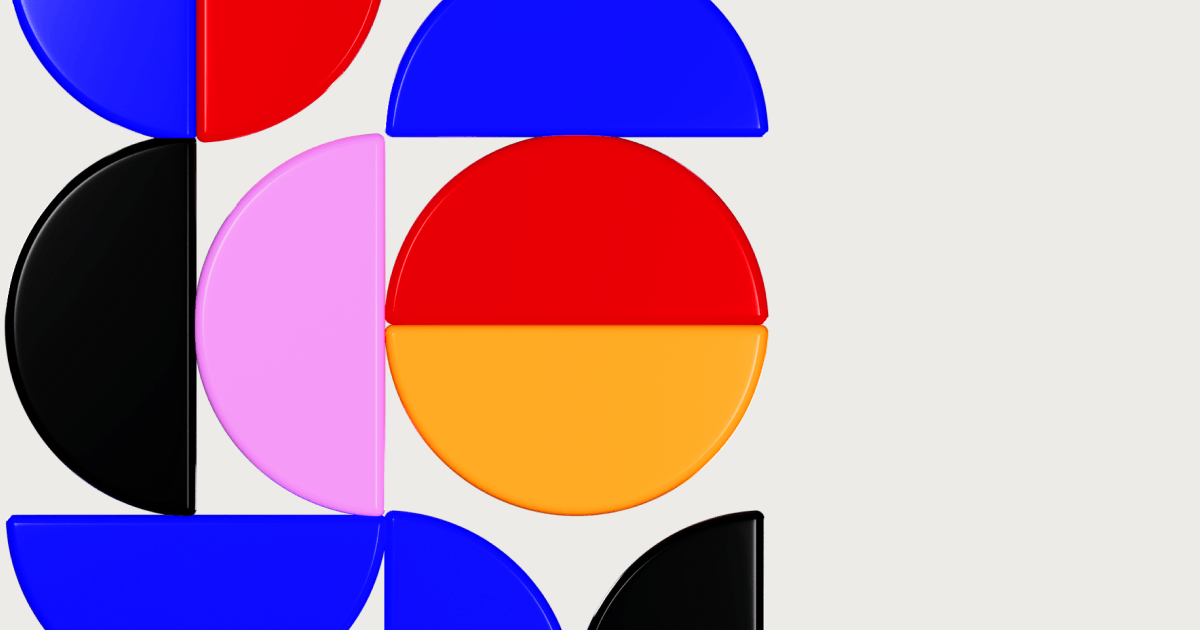Growth
4 min read
Growth Designers: The Future of the Design Industry
The term “Growth Designer” has been circulating in the tech world for some time, and we often come across companies hiring growth designers or design teams adopting a “growth-driven” mindset.
As growth becomes a discipline of its own, it’s time to formalise the term and define what growth design truly means.
In this blog post, we will dive into what a growth designer is, how they differ from product designers, and why they are essential for the future of design.
Defining a Growth Designer
After thorough research, we’ve come up with the following definition for a growth designer:
Growth Designer (noun): A strategic contributor to the product development and optimisation process with a wide range of skills, including product strategy, interaction, visual and UX design, data analysis, strong business acumen, and user empathy. Growth designers focus equally on scaling the business and delivering user-centric products, often acting as the bridge between the two.
In simpler terms, growth designers are hybrids of designers, founders, product managers, and growth leads, all actively involved in an organisation’s business strategy. Companies with a growth-driven approach incorporate design as part of the product development process from day one.
Growth Designers and Growth Teams
A growth designer doesn’t necessarily need to be part of a designated growth team. They can be part of a multidisciplinary, cross-functional team, where their skills are utilised to execute growth experiments and conduct quality testing. Their role is about having the right skillset and autonomy to impact the business, regardless of the team they belong to.
In larger organisations, growth designers may sit within the Growth Team or have a dedicated Growth Design department. Smaller companies and startups often have growth designers as their Lead Designer.
Growth Design vs. Product Design
The key difference between growth design and product design lies in the business objectives:
- Product designers focus on creating high-quality products and features, identifying system problems, and designing solutions from a UX and UI perspective. They spend time testing, researching, designing, and validating the best possible solution for a specific problem.
- Growth designers strike a balance between business objectives and customer problems, using a wide-angle lens to solve product challenges. They consider the big picture from both product and business perspectives, assessing the impact of new features on business outcomes and determining whether extensive validation processes are necessary. Growth designers also proactively propose product changes to create growth opportunities, always considering the business value their design work brings.
Essential Skills of a Growth Designer
Growth designers are highly analytical product people with diverse skills, such as prototyping, visual design, UX research and testing, data analysis, understanding backend and frontend development, marketing, and business intelligence. They have experience in building products and knowledge of usability principles, heuristic evaluation, and various growth and business strategies. Their expertise comes from exposure to all aspects of running and growing a business.
The Right Time to Hire a Growth Designer
The emergence of growth design reflects the changing business landscape worldwide. As more companies transition from large, siloed departments to smaller, cross-functional teams, growth designers may become the primary type of designer that businesses need. Startup founders and product leads in smaller organisations can greatly benefit from hiring a growth designer as an extension of their founding team.
Growth design is here to stay, as evidenced by companies like Atlassian, Dropbox, Spotify, Pinterest, and many others actively hiring growth designers. Embracing this emerging discipline will help businesses remain competitive and innovative in an ever-evolving industry.












